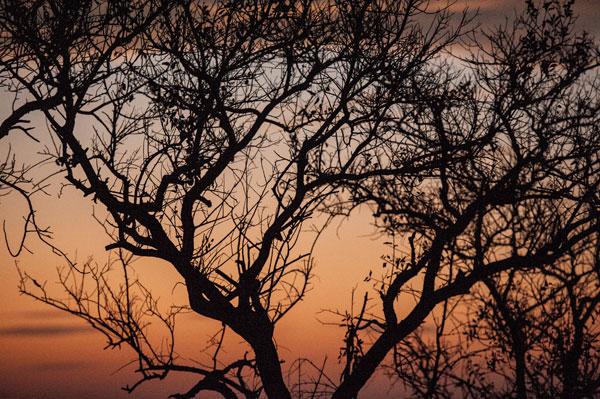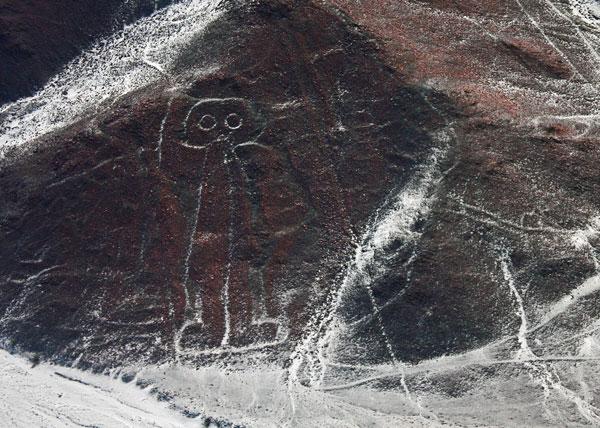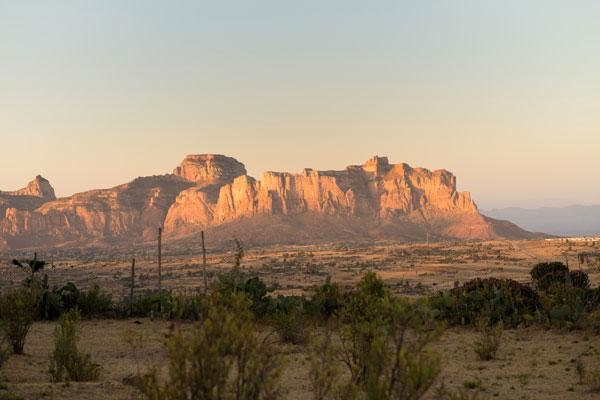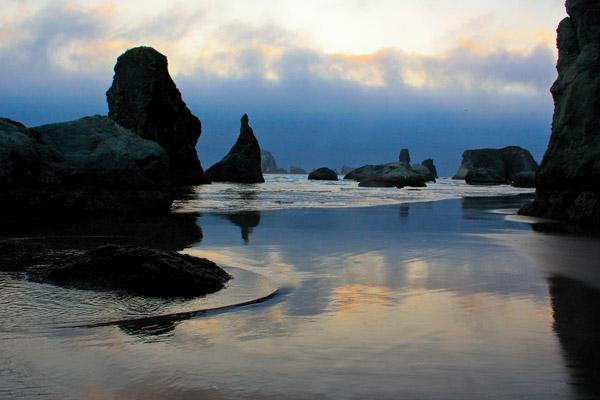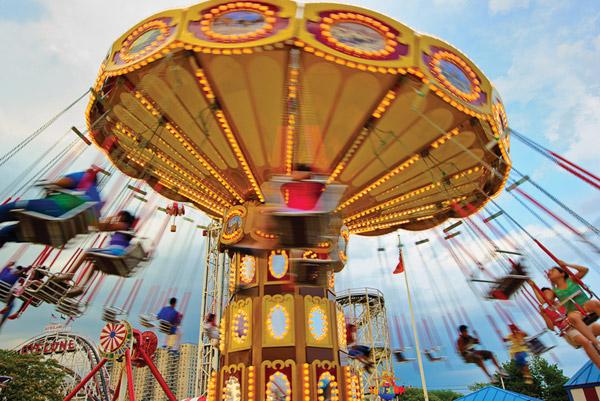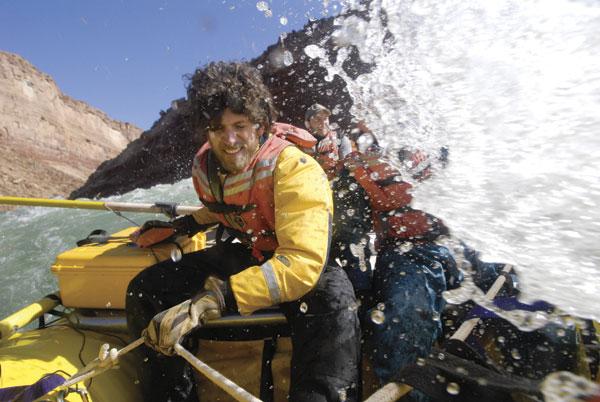|
Jan 17, 2014 |
First Published: Feb 01, 2014
|
Mar 11, 2014 |
First Published: Jan 01, 2014
|
Jan 28, 2014 |
First Published: Dec 01, 2013
|
Feb 04, 2014 |
First Published: Dec 01, 2013
|
Jan 03, 2014 |
First Published: Nov 01, 2013
|
Aug 29, 2013 |
First Published: Jul 01, 2013
|
Jun 25, 2013 |
First Published: May 01, 2013
|
Apr 30, 2013 |
First Published: Mar 01, 2013
|
Feb 07, 2013 |
First Published: Jan 01, 2013
|
Dec 19, 2012 |
First Published: Nov 01, 2012
|
Nov 19, 2012 |
First Published: Oct 01, 2012
|
Aug 27, 2012 |
First Published: Jul 01, 2012
|
Aug 10, 2011 |
First Published: Jul 01, 2011
|
Aug 26, 2011 |
First Published: Jul 01, 2011
|
Aug 05, 2011 |
First Published: Jun 01, 2011


